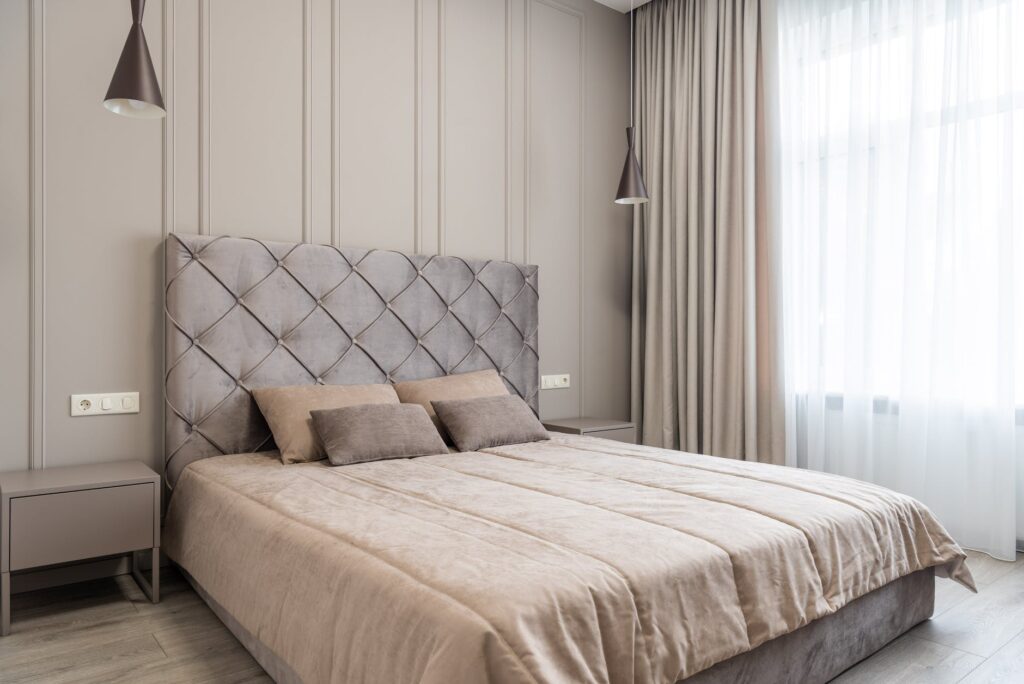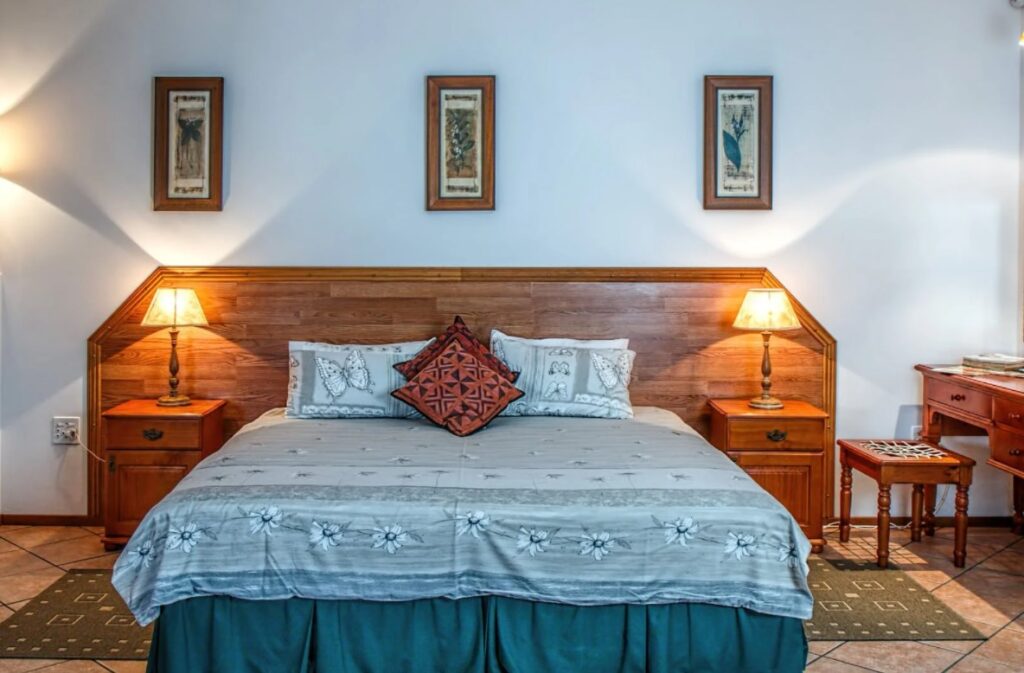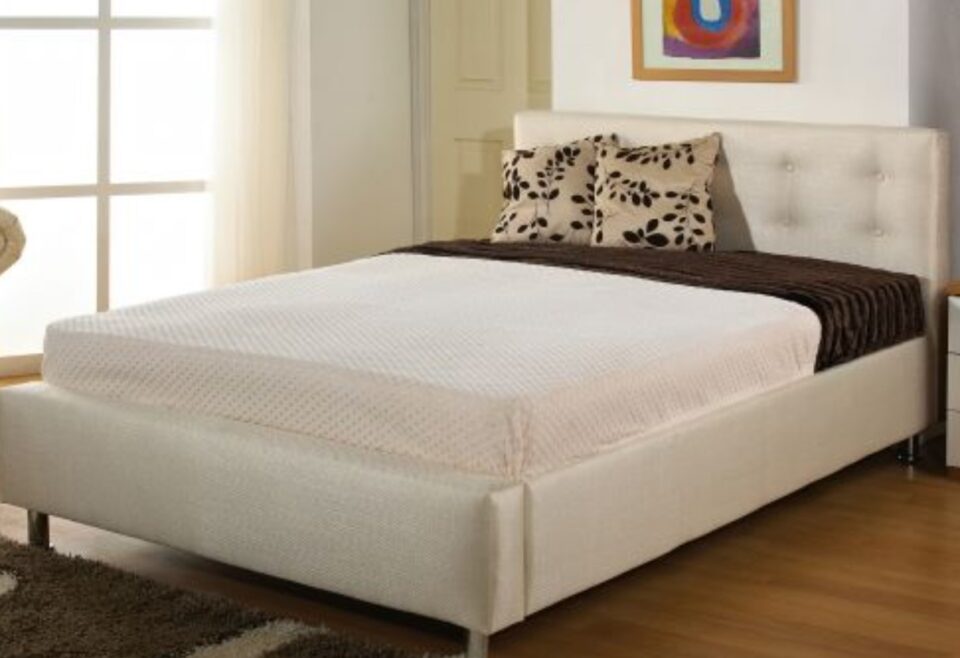There are countless different types of bed out there, but arguably, there are three types more common than most. These are divan beds (also known as platform beds), traditional bed frames and bunk beds. Which one you choose will depend entirely on various factors that we’ll be covering in this blog. To help with this, we’ve enlisted Alice Wiles – from HF4You – to take you through each of these bed types; hopefully, by the end, you’ll have a better idea of which bed is right for you!
1. Divan Beds (Also Known As Platform Beds)

Divan bed frames (which are similar to platform beds, though some people consider the two to be slightly different) have become exponentially more popular over the past couple of decades, the reasons for which are two-fold; firstly, they’re immensely practical – they turn your bed from just a bed into a storage device, as well. When space in modern homes comes at such a premium, this efficiency of design has proved appealing for many.
Secondly, they can definitely be considered one of the more aesthetically-pleasing bed types; their typically modern style makes them a great match for new build homes and modern decoration. Another benefit of divan beds is the variety of materials in which they can be upholstered. This versatility means they can be matched to a potentially greater range of styles and decors than other bed types.
One of the downsides of divan beds is that they’re much bulkier than traditional bed frames; once they’re in place, that’s not an issue, but when it comes to moving property, reconfiguring bedrooms or any other activity which requires their being moved, then they can be a bit of a pain. On a similar note, the permanent ‘undercarriage’ which divan beds features can make them difficult to vacuum around and clean underneath.
All in all, though, these beds are stylish, practical and a great type to consider and many online stores offer divan beds with free next day delivery.
2. Traditional Bed Frames

When we talk about traditional bed frames, we’re referring either to slatted wooden bed frames, or metal frames that feature a sort of sprung base to carry weight. These beds come in a variety of styles and sizes, and one of their main benefits is the variety of quality that’s available to you.
Hang on, we hear you say, wouldn’t you always want the best quality? Well, of course, but for most people, budget limitations mean that you can’t always splash the cash in the way you’d perhaps like to. Fortunately, you can get very cheap traditional bed frames in a way that you’ll struggle to with a divan, for instance, and whilst they might not last as long as something more expensive, they’re a fantastic option for people for whom funds are more limited.
If you are able to spend a little more, however, than traditional bed frames also have great variety on the more luxury end of the spectrum, too. You can get bed frames made from gorgeous woods like mahogany or oak, which really add a touch of quality and elegance to your home. What’s more, the space underneath your bed frame (should you keep it clear and not cram stuff underneath!) can help create a more spacious feeling, even if that feeling is only illusory.
On the flip side, however, traditional bed frames do also have cons. First and foremost is the biggest difference between divan beds and traditional bed frames: the lack of storage. Now, of course you can store items underneath your bed frame, but it won’t look as slick or tidy as it does hidden away within your divan.
What’s more, whilst divan beds might be bulkier, bed frames often take up a larger amount of floor space, so that’s a consideration when space is limited.
3. Bunk Beds

An absolute staple of family homes for the past half-century or so, bunk beds are as popular as they are solid – that’s to say, very. Taking the principle of verticality to help maximise space efficiency by stacking one single bed frame on top of another, linked by a ladder, creating a top and bottom ‘bunk’. These beds are ideal for people who only have limited space within their homes, as well as for those with an expanding family.
From a coast perspective, bunk beds are almost always very competitively priced, too. You can expect to find a decent-quality bunk bed, for instance – albeit on the lower end of the quality spectrum – for between £100 and £200. Bunk bed frames come both in wooden and metal varieties, and can often have storage and desk features incorporated into them, too. Bunk beds are also great even if you only have one child, because this opens up the option for sleepovers, and for your child to pick and choose which bunk they want to sleep in – something which can be quite exciting for a younger child.
Bunk beds aren’t without their faults, though; for a start, as safe as modern bunk beds are made to be, there’s always that slightly elevated (no pun intended) degree of risk from sleeping at height. What’s more, whoever sleeps in the top bunk draws a bit of a short straw in the fact that they can be a bit awkward to get into. Finally, bunk beds aren’t great for rooms or homes with low ceilings; and even if they do still fit, they can feel somewhat claustrophobic for the person on the top bunk.

